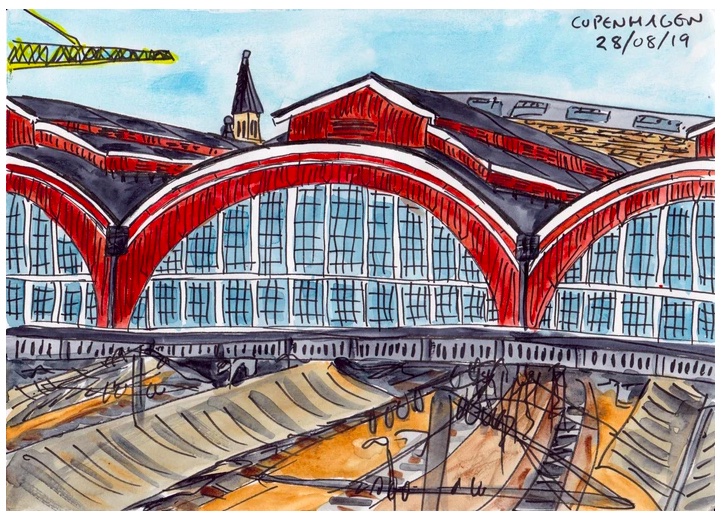This article is reserved for our subscribers
For the increasingly unpopular Danish centrist government, the upcoming European election is a crucial midterm vote. For the first time since the 2022 general election – and after having implemented a wide range of more or less controversial reforms – the majority coalition between the Social Democrats, the Moderates (a new centrist party), and Venstre (Denmark's Liberal Party) will now have to face the voters’ scrutiny. Since the climate crisis is by far the most important issue for the Danes, the government’s green efforts will be closely watched – while the debate about a possible CO2 tax on agriculture is raging.
In February, a survey conducted by the polling firm Epinion for the public broadcaster Danmarks Radio and the politics-focused media Altinget showed that more than half of Danish respondents have simply not heard about nine out of 11 leading candidates. With no major political profiles on the ballot, this year's European election is thus turning into a mostly symbolic power struggle between Denmark's many parties.
For the first time in almost 30 years, Denmark got a majority government with the 2022 parliamentary elections. And for just the second time in history, the Social Democrats and Venstre – Denmark's two largest centre parties on either side of the traditional red/ blue divide – chose to form a government together. The last time this happened was in 1978. Back then, the experiment was so unsuccessful that it only lasted a little more than a year.
To the surprise of many – and despite the warning signs going back to 1978 – the Social Democrats chose to opt out of an expected left-wing, climate friendly minority government after the election. Instead, they joined forces with Venstre and the Moderates, a breakaway party from Venstre led by former Prime Minister Lars Løkke Rasmussen branding itself as a pragmatic ‘purple’ colour mix. In theory, the alliance made sense, as the Social Democrats have been moving further to the right for a number of years. However, the parties each had to make decisive concessions to achieve a majority, while many voters were still surprised by the outcome. Ever since, the government has struggled to justify its own existence.
The first major showdown for the centrist government came in 2023 when it abolished the public holiday Great Prayer Day in order to increase labour supply. The decision led to widespread demonstrations, with numerous opposition parties and trade unions criticising it. Since then, opinion polls have been discouraging for the Social Democrats, Venstre and the Moderates, all of whom have suffered significant losses.












